These are exciting days at the Tate Modern in London for fans of art textiles. You’ll find fiber works by important artists in several different galleries.
Beyond Craft, in the Boiler House, curated by Ann Coxon features three pioneers, Lenore Tawney, Olga de Amaral and Sheila Hicks, who experimented with different weaving techniques, often looking to historical or indigenous textiles for inspiration. De Amaral and Hicks were particularly inspired by the technical brilliance of Peruvian weavings made before European colonization. The Museum notes that many artists in the 1960s were using weaving and knotting to create innovative hangings and sculptures, integrating traditional craft techniques into fine art practice. “The 1960s saw several high-profile exhibitions of ‘fiber art’: textile techniques used to create unique art objects without a practical function. These three artists were among those who attempted to collapse the hierarchy that sets fine art above craft. While this distinction has not entirely disappeared, in recent years fiber art has become a source of inspiration for a new generation of artists and curators and the artists displayed here are receiving fresh consideration.”
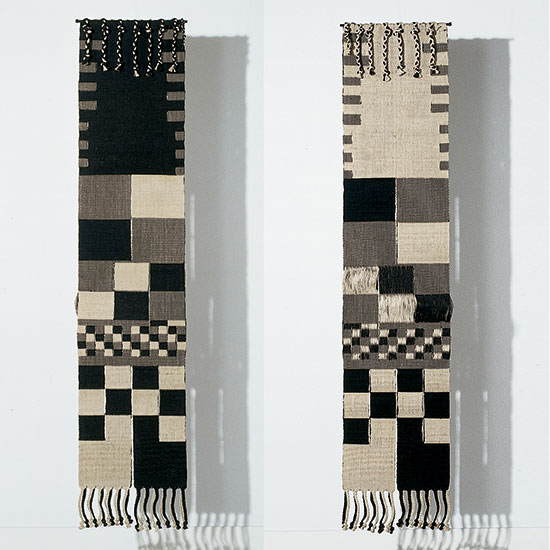
Lenore, like many artist of the 1960s, was drew inspiration for her weaving from indigenous Peruvian weavings. Photo credit: Tom Grotta
In Magdalena Abakanowicz, also in the Boilerhouse, viewers can explore Abakanowicz’s stitched cloth sculptures inspired by biological systems, organic matter, and regeneration. “Made at a time of political tension between the Soviet Union and Poland, Abakanowicz has said the work ‘could be understood as a cry from behind the Iron Curtain’,” says the Museum notes. (That was the time frame in which Anne and Jacques Baruch brought Abakanowicz’ work to the US, the subject of browngrotta arts’ catalog, Advocates for Art: Polish and Czech Fiber Artists from the Anne and Jacques Baruch Collection.)
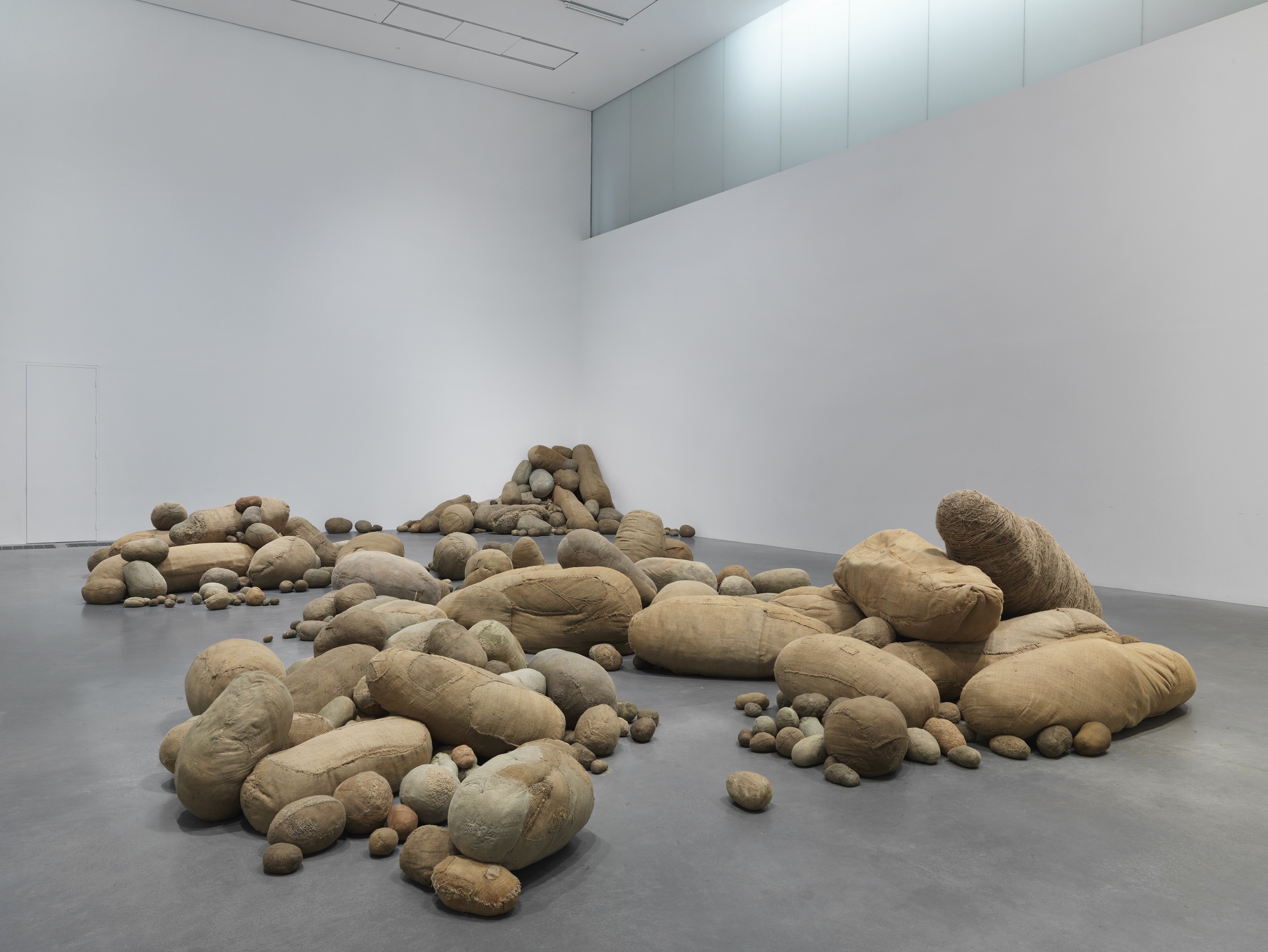
Photo: Tate Photography
Elsewhere in the Boilerhouse is a work by El Anatsui, who completely transforms the most pedestrian materials into art. By flattening bottle tops and stitching them together into a shimmering metal cloth, he turns familiar disposable objects into something that appears precious and alters them in the viewers’ eyes. Taking a similar approach to the mundane, Sheela Gowda from India has created a room-sized installation made of car bumpers and handwoven human hair, an observation on “the coexistence of ritual and superstition alongside modern urban and economic transformation.”
Want to know more? Visit the Museum’s website to see images and to read New Yarn, Tate, etc. Essay: Textiles and Art by Kirsty Bell: http://www.tate.org.uk/context-comment/articles/new-yarns





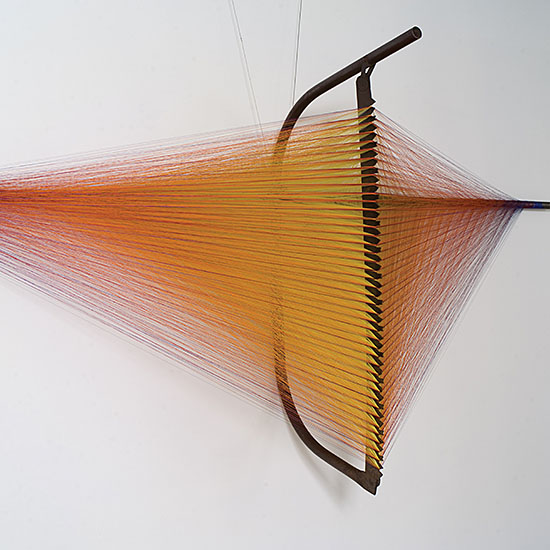





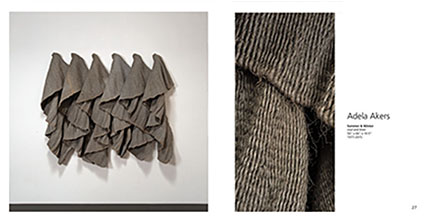




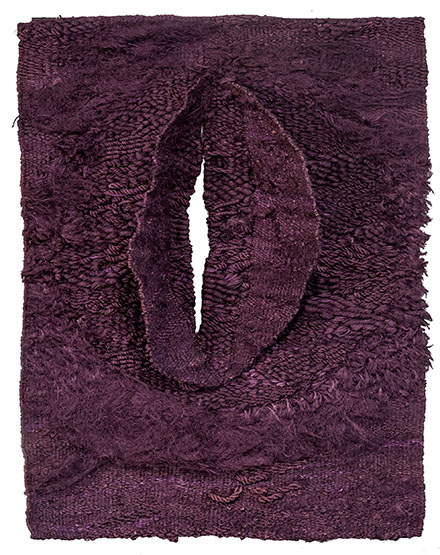
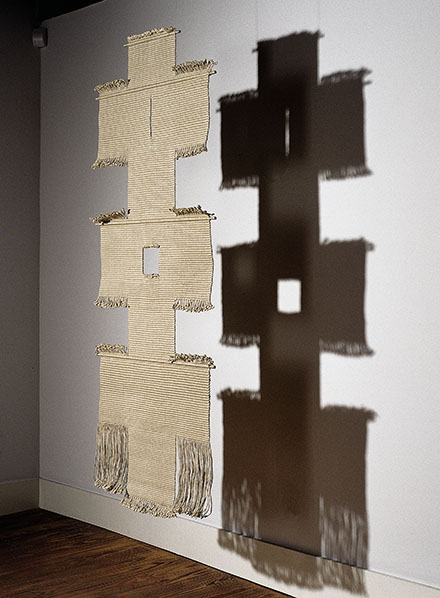
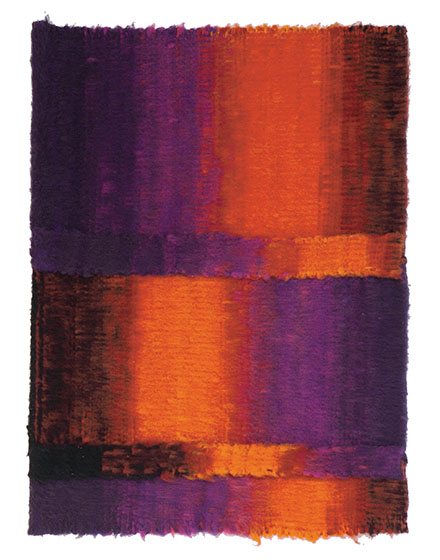

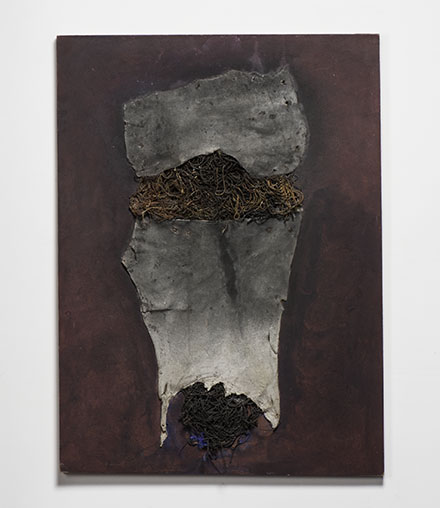
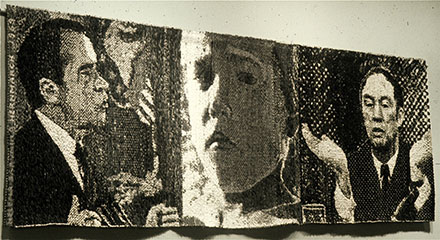

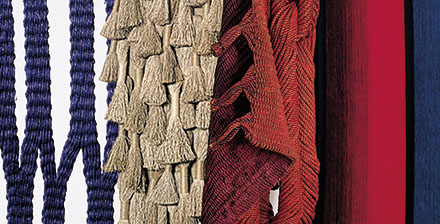



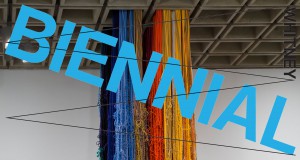


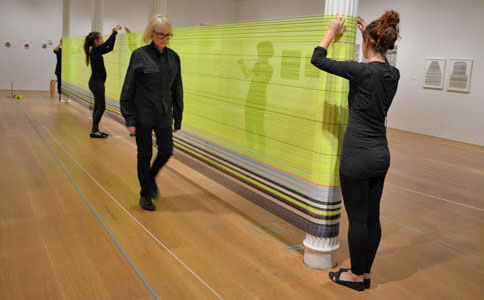


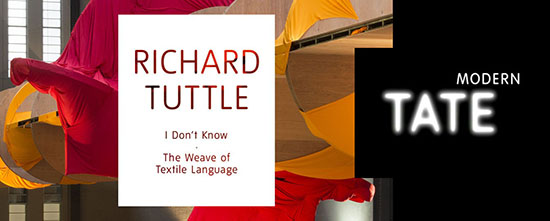

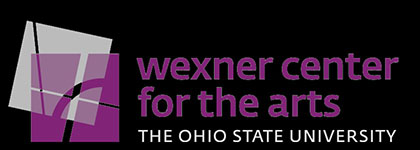









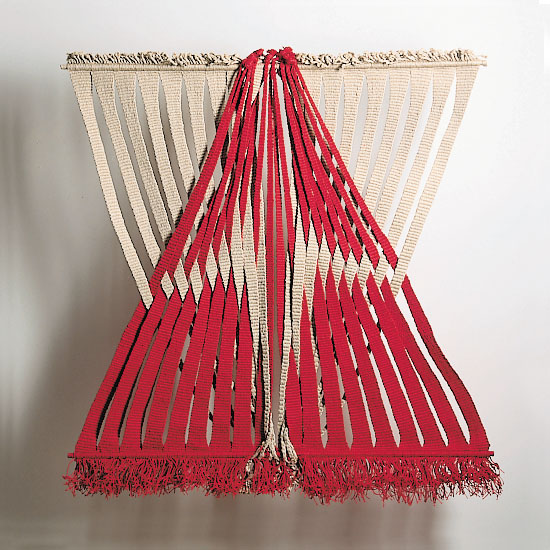




Art: Antidote to an Edgy Election
No matter on what side of the political divide you sit, it’s been a long 16 months. And for some of us, the next 16 months will likely feel even longer. In our house we’re hunkering down – old movies, dinners with friends, letter writing and getting to all those to dos, like organizing our art books – and a news ban, at least for the next few weeks. We’re also aiming for an art fix. We are going out in search of what’s inspired, exhilarating, thought provoking. The markets are holding steady; why not invest in art? Surround yourself with what brings you joy. Here are four works that brought us feelings of peace, gratitude, tolerance and awe.
Lenore Tawney, The Path, Tapestry. Photo Tom Grotta
Lenore Tawney’s The Path II, is meditative and reflective of a passage she marked in a favorite book: “[t]he spiritual path, the path of purification, of emancipation, of liberation, is a path where we change our inner nature.”
37ts Vertical to Horizontal and Vice Versa, Toshio Sekiji. Photo by Tom Grotta
Mariyo Yagi, Nawa Axis for Peace Project 2014
In his “fugue weavings” like Vertical to Horizontal and Vice Versa, Toshio Sekiji, imagines a harmonious confluence of disparate cultures, languages and nationalities, so different than the facts on the ground. Mariyo Yagi’s art is infused with concern about the Cosmos. “Art is committed to the energy of human life,” she says. In creating her sculptures she has been informed by the study of nawa –– which means a spiral cord, which for Yagi provides a link between earth and heaven and all living things, creating a spiritual loop from DNA to the cosmos. Enlightening and innovative, Anda Klancic’s work combines creative use of machine-embroidered lace technique with experience from other disciplines, including photography. In Aura, Klancic says, “I wanted to show the vital energy in the human species: that the light, connected from man to the earth and the universe, has the rhythm of breath, of life.”
Anda Klancic FiberOptic, textile sculpture
Have you other works to recommend? Let us know.